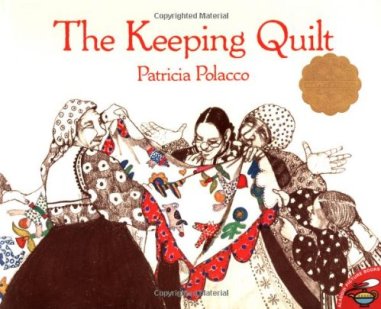A few months ago when I shared the book, “This Is How We Do It,” with my 7 year-old, I remember getting flustered over one of the conclusions she drew: that just because that one kid in Peru looked poor, all kids in Peru are poor. I knew my frustration was more about my lack of ability to help her understand relative wealth of individuals vs. countries.
But it’s a misconception that’s certainly not just limited to young children. We make assumptions all the time about what life is like for people in other countries; stereotypes are reinforced by limited media coverage and of course, Hollywood.
This week’s provocation centers around helping our students start having better conversations on how people live across the world.
Resource #1: “See how the rest of the world lives” TED-Talk by Anna Rosling Rönnlund
Resource #2: Dollar Street interactive tool described in the above video!
Resource #3: “If the World Were 100 People” by GOOD Magazine
Resource #4: “Hans Rosling’s 200 Countries, 200 Years, 4 Minutes – The Joy of Stats by BBC, set to start at :30 to save time (this is a MUST-WATCH, especially if you share the above video!)
Resource #5: This Is How We Do It picture book by Matt LaMothe
Provocation Questions:
- What are living conditions like across the world?
- What impacts quality of life?
- What are patterns you observe when it comes to how people live around the world?
- Why are their differences in how people live their lives?
- How is the way people live changing?
- What is our responsibility to understand the differences in the ways people live around the world
- What are the different perspectives on what makes a quality life?
featured image: DeathToTheStockPhoto
















